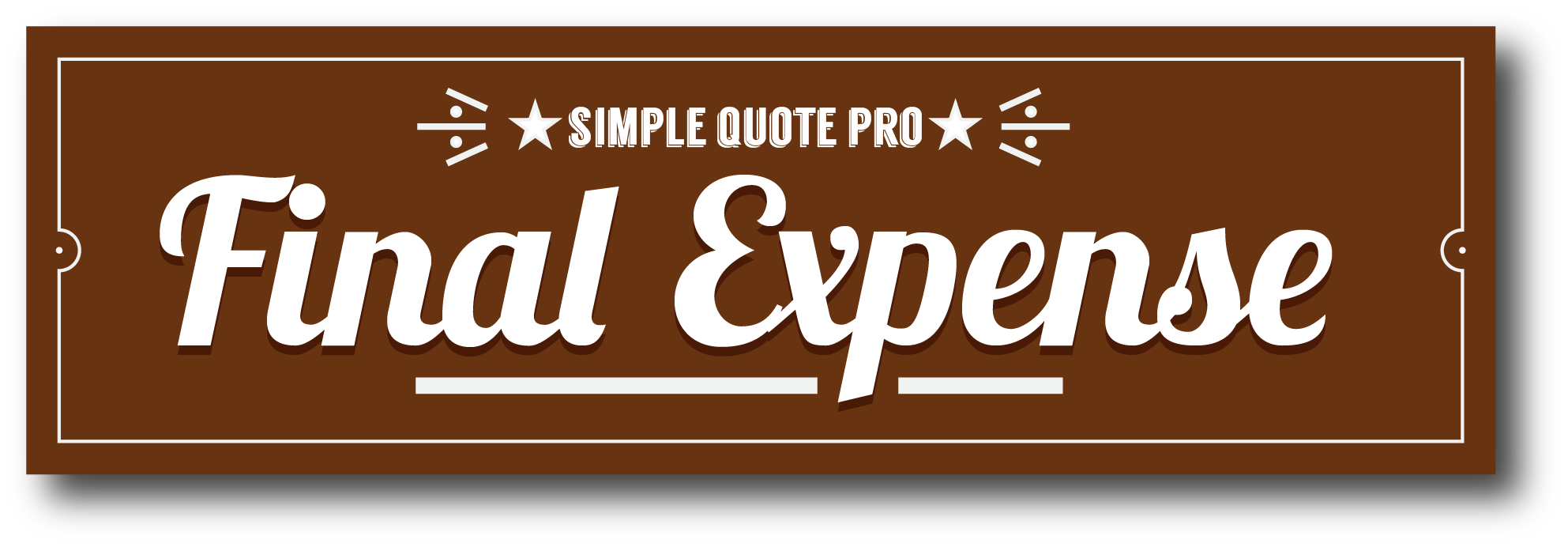

| Company | Plan | Premium |
|---|

While most people don't like to talk about end-of-life issues, it is important to plan for them. Expenses associated with death, such as caskets and embalming, can have a substantial financial impact on those you love. Final expense life insurance can help protect loved ones from having to pay these costs out of pocket.
In 2014, the average funeral exceeded $8,500. In most cases, a basic funeral service will include a memorial, death certificates for the deceased, and housing the remains. In addition to those costs, there are also charges involved for goods and services, such as transportation, preparation and embalming, use of the funeral home, a casket and headstone, a burial plot, gravesite, the burial service or alternatively, cremation. There may also be additional costs, such as flowers and the printing of memorial cards.
Purchasing a final expense life insurance policy is easy, and your age and health may not affect your approval for coverage.
All situations are different, so it's important to determine the right amount of coverage for your specific needs. Start by filling out the quote form, and let us show you the numbers. The rates will populate instantly with no further identification required. If you like what you see, consider clicking the "Requestion Information" button and we'll be glad to secure your financial goals.
Before you purchase your policy, it’s crucial to know there are different types of plans under the burial insurance umbrella, and each one will operate differently down the line. Here are your choices: